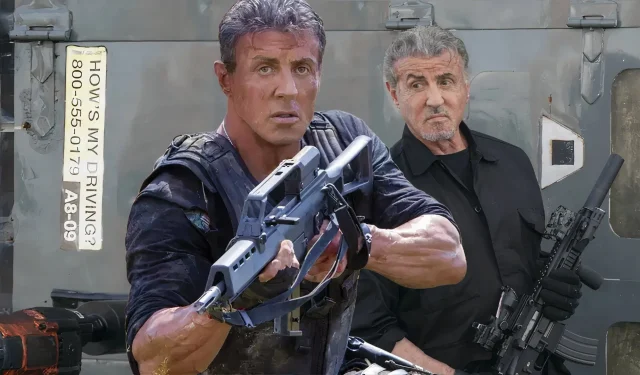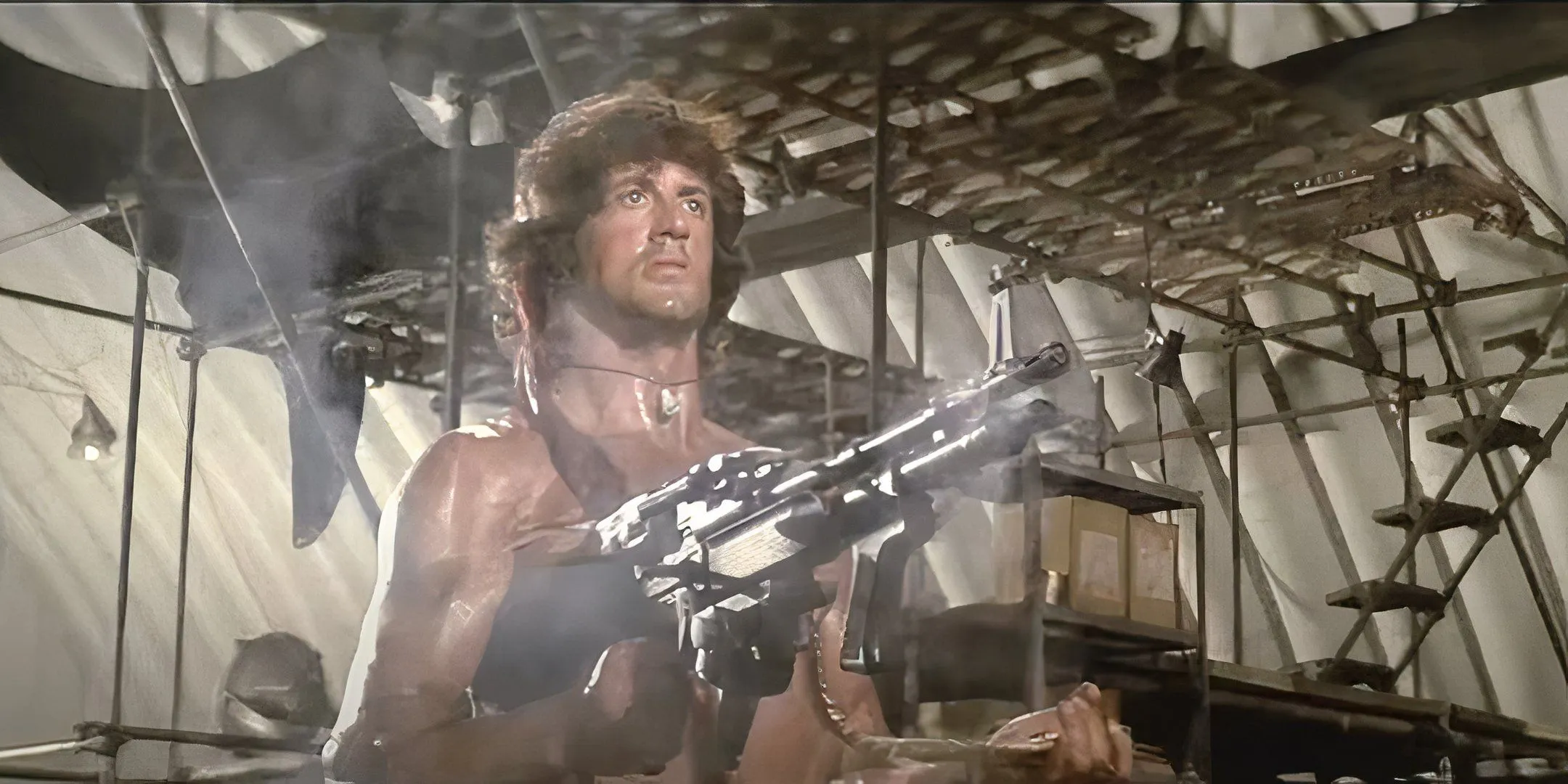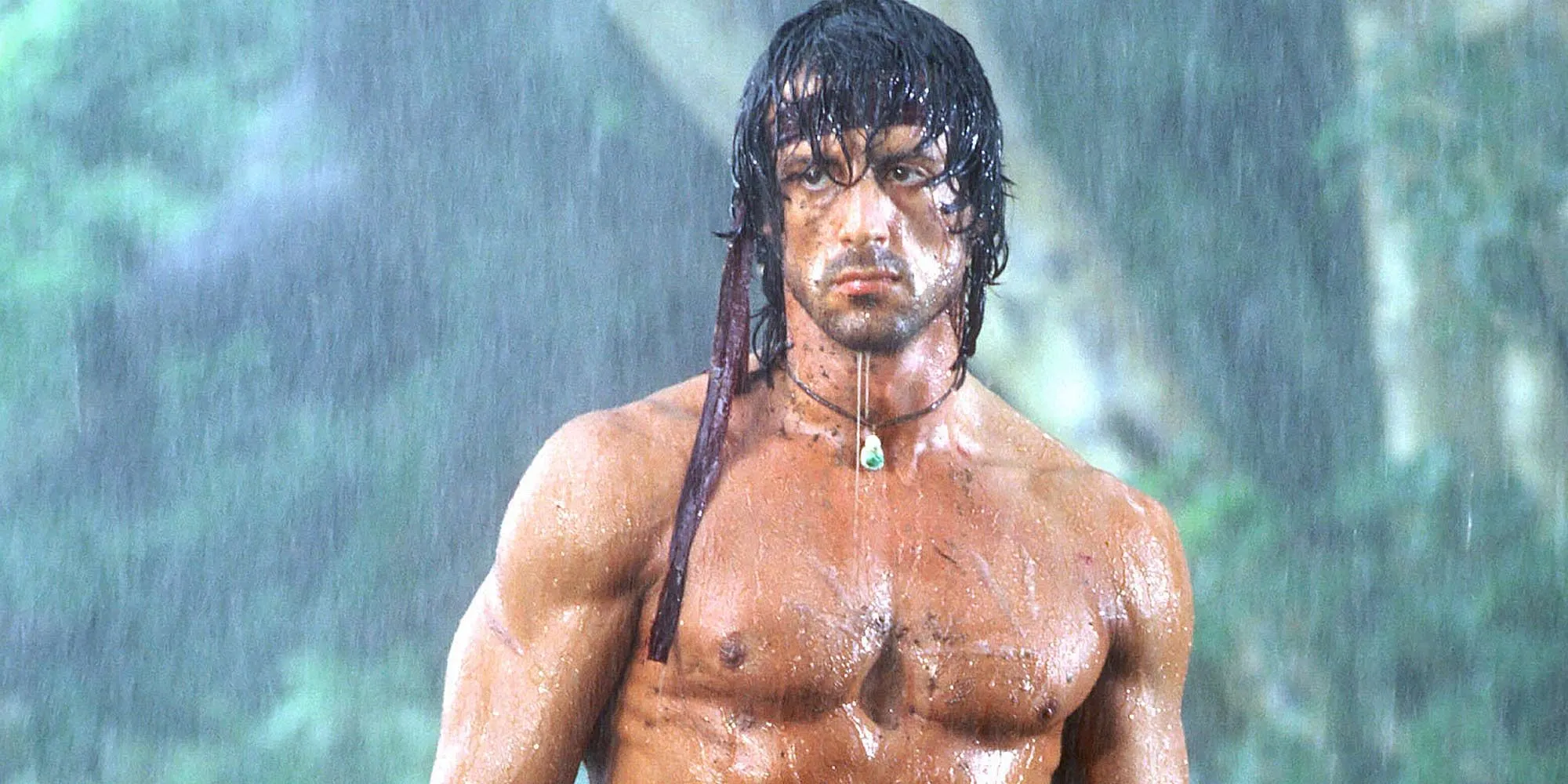
Sylvester Stallone has long been recognized for his extensive use of firearms in films, a hallmark of his career as a leading action hero. However, recent analysis by firearms experts has revealed that one of his most famous roles may fall short in terms of realism. Stallone’s journey in the film industry began in the late 1960s, where he initially took on minor roles, including an uncredited appearance in the 1970 film M*A*S*H.
His breakout came with the 1976 classic Rocky, a film he wrote and starred in, which catapulted him into the limelight. The 1980s saw Stallone transform into an action superstar, particularly with the release of First Blood in 1982. This film introduced audiences to John Rambo, a character that would achieve iconic status and lead to a franchise that rivals even Rocky in popularity.
Expert Analysis of Rambo: First Blood Part II’s Gun Technique

In 1985, Stallone reprised his role in Rambo: First Blood Part II, where he depicted Rambo returning to rescue U.S. POWs and delivering vengeance with a high-caliber machine gun looted from a helicopter. However, this portrayal has come under scrutiny for its lack of practical firearms handling.
As highlighted by Insider’s How Real Is It? series, Stallone’s rapid, hip-firing approach received a low accuracy rating of just four out of ten. Patrick McNamara, a former US Army special operations veteran and firearms authority, pointed out that such technique is ineffective, especially when using anything larger than a pistol.
You’re not going to be able to fire that thing from the hip. You could fire a pistol from the hip. Whatever it is, where you’re just bringing it in tight to your body you need that bipod down, because you have to fire in those seven to nine round bursts. He did pretty good at making it look real, you could tell. I mean, those muscles were tense.
McNamara further elaborated on the unrealistic expectation that the M60-E3 model machine gun Stallone was wielding could function reliably in such a manner. He noted that, while Stallone attempts to avoid ammo issues by wrapping the belt around his arm, the most effective method would be to utilize the original ammo can, which is designed to attach directly to the weapon.
The other thing that you have to suspend reality on is that a M60-E3 model can fire that many rounds without malfunctioning. He wraps the belt around his arm. It’s to make sure the thing isn’t dangling. You know, you don’t want that belt to dangle and to kink, because then you’re going to have a failure to feed immediately.
If you don’t have an AG, assistant gunner, just use the ammo can itself. And the ammo can on a lot of these will just clip onto the side of the apparatus, on the machine gun itself, and that way it’s fed properly. It just feeds in nice and straight, and that belt won’t twist, bind, kink up.
Stallone’s Legacy as a Leading Action Star
The Iconic Scene: Ageless Despite Accuracy

Despite the critiques from McNamara regarding the realism of Stallone’s gun handling in Rambo: First Blood Part II, the film remains a beloved classic. Stallone’s connection to explosive action sequences has solidified his status as one of cinema’s unforgettable action figures. His penchant for high-adrenaline films persisted in later works, including the The Expendables series and his recent return to Rambo in 2020’s Last Blood.
While the specifics of Stallone’s technique may not adhere to real-world firearms accuracy, the legendary image of John Rambo, machine gun in hand, has irrevocably tied Stallone’s identity to the archetype of the action hero.
Source: Insider’s How Real Is It?




Leave a Reply